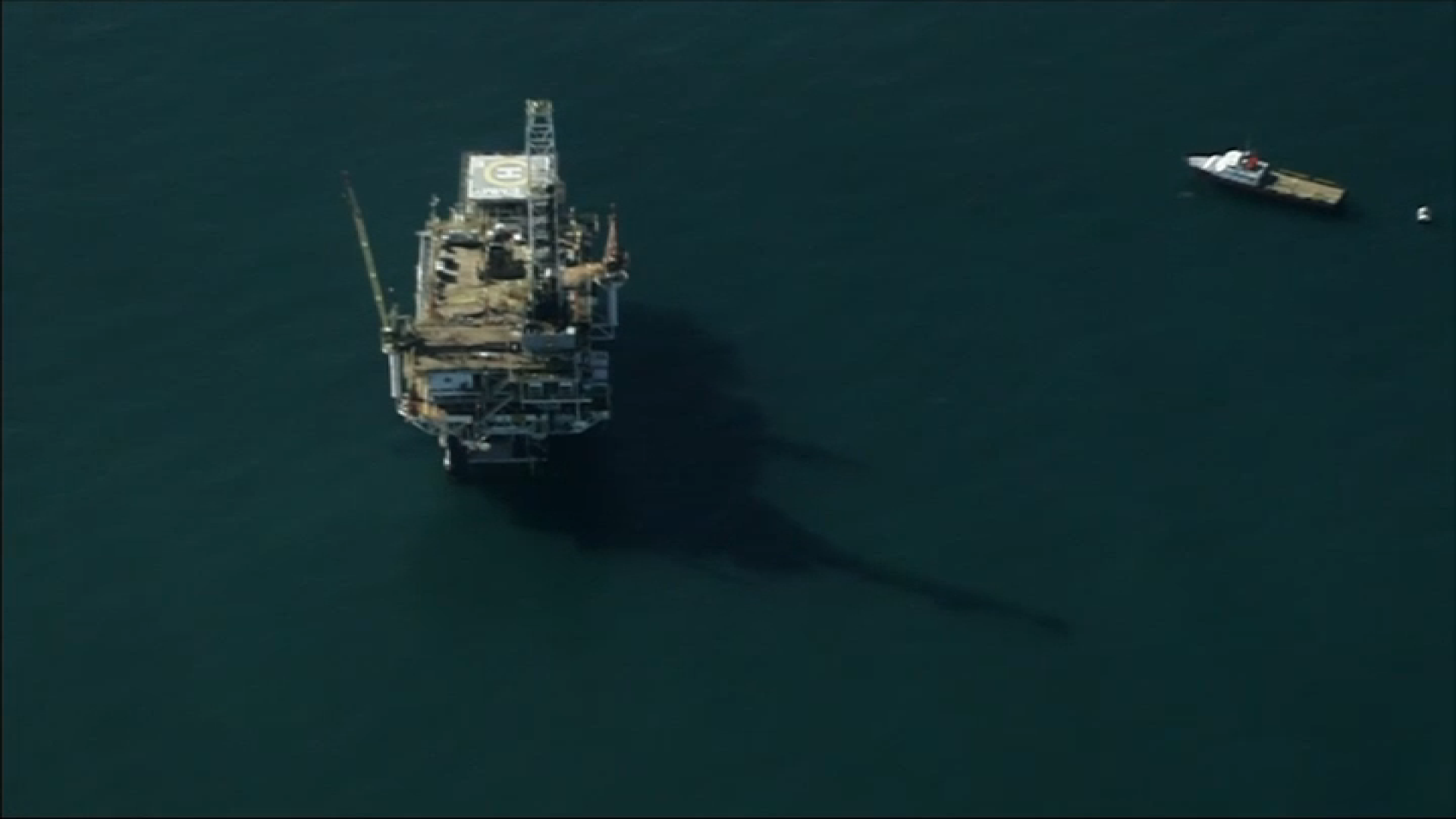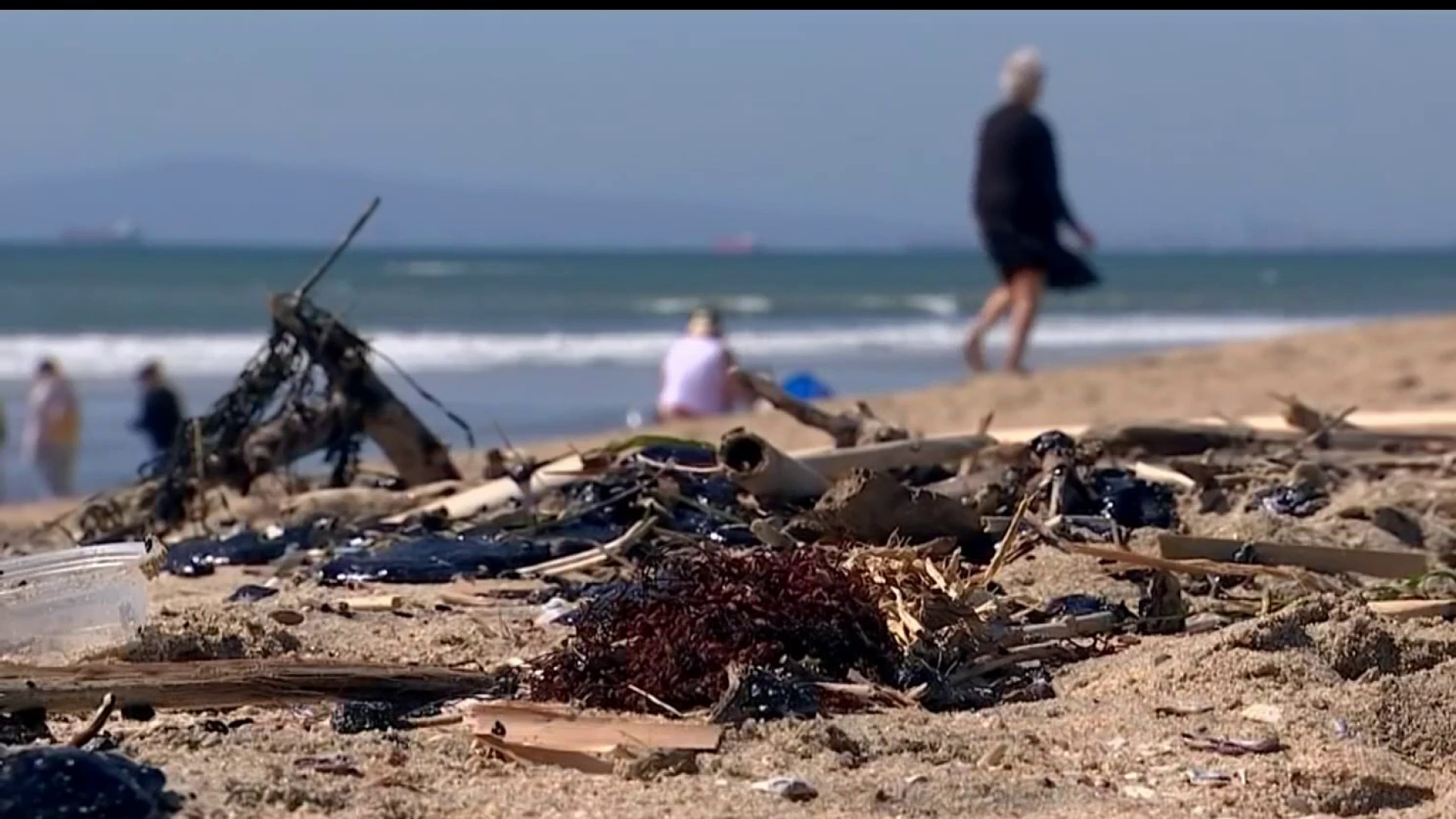Concerns for wildlife are growing in Huntington Beach after at least seven birds, possibly drenched in oil, have been found in the last 24 hours after the water was impacted by a sheen.
A roughly 2.5-mile-long oil sheen was spotted in the ocean water off the coast of Huntington Beach last year, leading to an uptick in tar balls on the shore and wildlife impacted by the incident. The Coast Guard's Sector Los Angeles-Long Beach Command Center was notified of the oil sheen the evening of March 7.
Wildlife rescue teams have since scoured the area to keep an eye out for animals that may have been affected by the incident. On Thursday, the teams spotted another bird that appeared to have potentially been oiled. A total of sent birds were coated in what experts believe may be oil; testing will confirm that.
Get Southern California news, weather forecasts and entertainment stories to your inbox. Sign up for NBC LA newsletters.
Greg McGowan, a biologist with the California Department of Fish and Wildlife, said the department is unsure if the newly discovered oiled birds were for certain impacted by last week’s spill.
“There is no new source of oil in the environment,” McGowan said.” We've done helicopter overflights, airplane overflights to have not observed any sheen or plume or anything.”
While rescue teams continue to look for wildlife that may be oiled, McGowan said the department is working to confirm if birds they’ve encountered were affected by last week’s sheen.
“We collect samples from the birds, take feathers samples with the oil on it, and send those to the Department of Fish and Wildlife petroleum chemistry laboratory,” McGowan said. “They will then run those feather samples and compare the oil on these feathers to samples they keep in their library.”
Meanwhile, the U.S. Coast Guard said it believes the sheen was caused by a natural seep from the ocean floor. The agency is working to confirm it.



